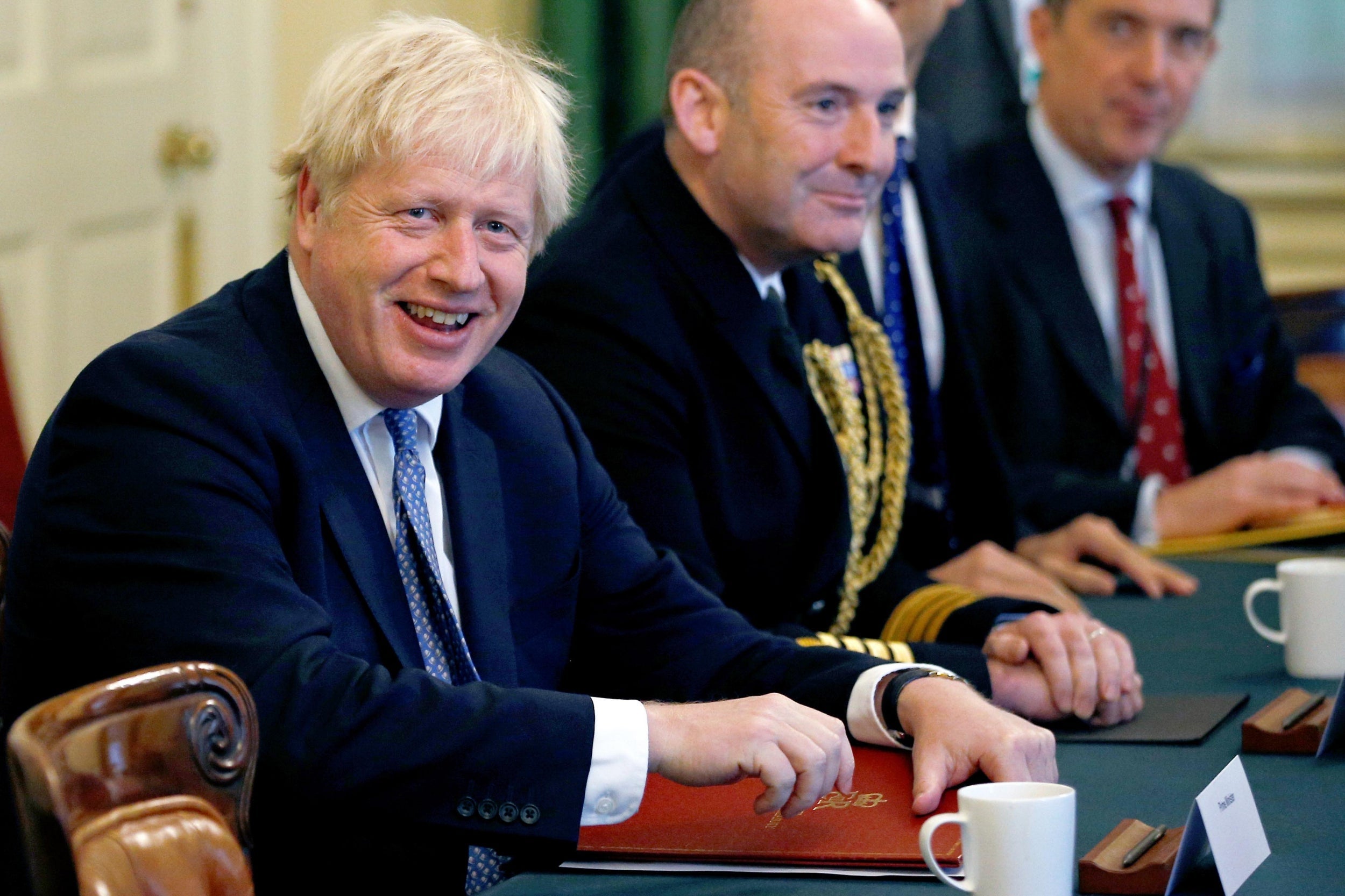What are the most important deadlines in the Brexit calendar?
The clock is ticking for Boris Johnson – in fact, there are more than one of them, writes Ashley Cowburn. But which matter and which don’t?


Throughout the Brexit negotiations, “the clock is ticking” has been a phrase employed by EU officials countless times – most recently by Luxembourg’s prime minister on Monday as he pointed to the empty podium where Boris Johnson was supposed to be standing. But there have also been various “deadlines” floating around. Here are the most critical in the coming weeks:
The 30-day challenge – 20 September
During one of Johnson’s first foreign visits, Angela Merkel suggested a solution to the Brexit impasse “in the next 30 days”. The prime minister immediately took the remark as a challenge, responding: “You have set a very blistering timetable of 30 days – if I understood you correctly, I am more than happy with that.”
However, though Johnson bound himself to the deadline, the German chancellor later issued a clarification. “I did not set a 30-day deadline,” she said. “I said that what one can achieve in three or two years can also be achieved in 30 days. It’s not about 30 days.”
In any case, the non-deadline falls today, and the negotiations remain at an impasse. Moving on.
The Finnish line – 1 October
This week, EU leaders provided the prime minister with another date for his diary, telling him to come up with a new Brexit plan by the end of September or face the prospect of no deal.
“If the UK wants to discuss alternatives to the existing Brexit agreement then these must be presented before the end of the month,” said Antti Rinne, Finland’s prime minister and the current holder of the rotating European Council presidency.
The British government, however, has already bluntly rejected this. “We will table formal written solutions when we are ready, not according to an artificial deadline, and when the EU is clear that it will engage constructively on them as a replacement for the backstop,” a spokesperson said.
EU Council summit – 17-18 October
Over these two days in autumn, the prime minister will have what many believe will be his last real chance of striking a deal. It is the last planned meeting of the EU 27 ahead of the Brexit deadline of Halloween.
Johnson claims to be “cautiously optimistic” about the prospect, despite not yet providing any formal proposals in writing.
MPs’ red line – 19 October
This is the deadline that really matters. The anti-no-deal Brexit alliance at Westminster secured this win before the prime minister prorogued parliament for five weeks.
If no Brexit deal has been agreed by this deadline, then the prime minister will be forced by law – the Brexit Extension Act – to seek an extension to the negotiations. He has previously ruled out doing so, and writing the extension letter could be fatal to his premiership.
If an extension is requested, it is also likely to result in a general election as the opposition parties have said they will support a public vote under these circumstances.
31 October – Halloween Brexit deadline
This is the Brexit deadline extension secured by Theresa May before she resigned as prime minister, and one that has come to define Johnson’s premiership so far. Since running for the leadership, the Tory leader has pledged to the British people to sever the UK’s ties with the EU by the 31 October deadline.
If Johnson does defy expectations in the coming weeks, and secures a deal with the EU that the House of Commons finds acceptable, this is the date the UK will leave the bloc. But that appears highly unlikely.
Unless the prime minister ignores the law, the Benn Act (mentioned previously) will have prevented Johnson from crashing out of the bloc on 31 October without a deal in place.
Join our commenting forum
Join thought-provoking conversations, follow other Independent readers and see their replies
Comments